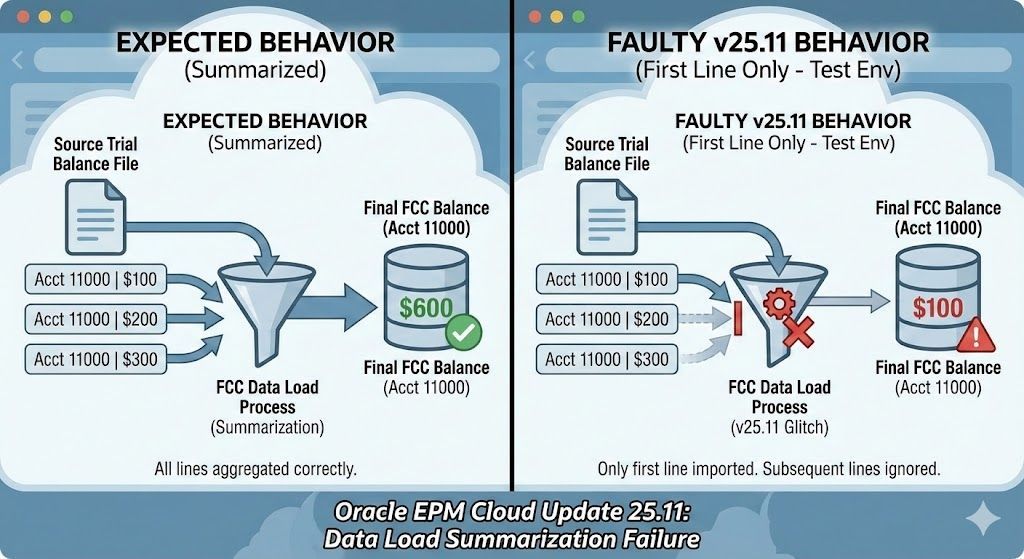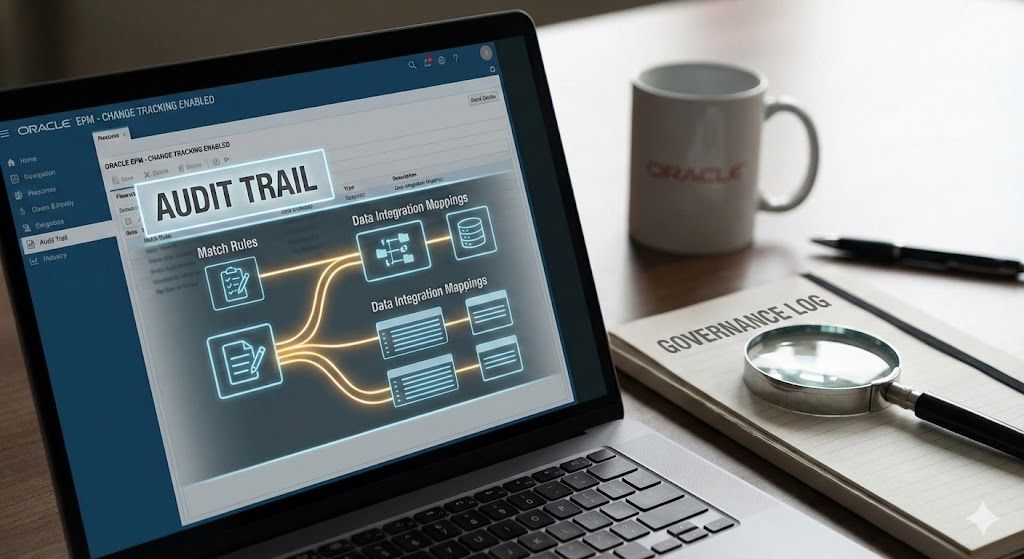Lock Down Your Email: Why SPF, DKIM, and DMARC Are Your Must-Have Security Trio
Listen to Tresora and Ledgeron's chatting about this blog post:
Think of your email as your online passport.

You wouldn't want anyone to forge it, right? That's where SPF, DKIM, and DMARC come in – they're like the security checks at the border control of the internet, making sure your emails are the real deal.
What they are:
- SPF (Sender Policy Framework): Imagine a trusted list of addresses. SPF lets you tell email providers, "Hey, only emails from these specific addresses are allowed to use my domain name." This helps prevent spoofing, where bad actors try to send emails pretending to be you.
- DKIM (DomainKeys Identified Mail): Think of it as a digital signature for your emails. DKIM adds an encrypted key to your messages, allowing recipients to verify that the email truly came from you and hasn't been tampered with in transit.
- DMARC (Domain-based Message Authentication, Reporting & Conformance): This is the boss of email authentication. DMARC builds on SPF and DKIM, telling email providers what to do if an email fails those checks. You can instruct them to reject the email, send it to spam, or even just monitor it for reporting.
Why they matter:
- Protect your reputation: These protocols help prevent your domain from being used for spam or phishing, keeping your sender reputation squeaky clean.
- Boost email deliverability: Emails that pass SPF, DKIM, and DMARC checks are more likely to land in inboxes, not spam folders.
- Increase customer trust: Knowing your emails are authenticated builds confidence and shows you take security seriously.
Getting started:
Implementing SPF, DKIM, and DMARC might sound technical, but it's easier than you think. Many email providers offer tools and guides to help you set them up.
Think of it as an investment in your online security and reputation. By implementing SPF, DKIM, and DMARC, you're not just protecting your emails, you're protecting your business.






